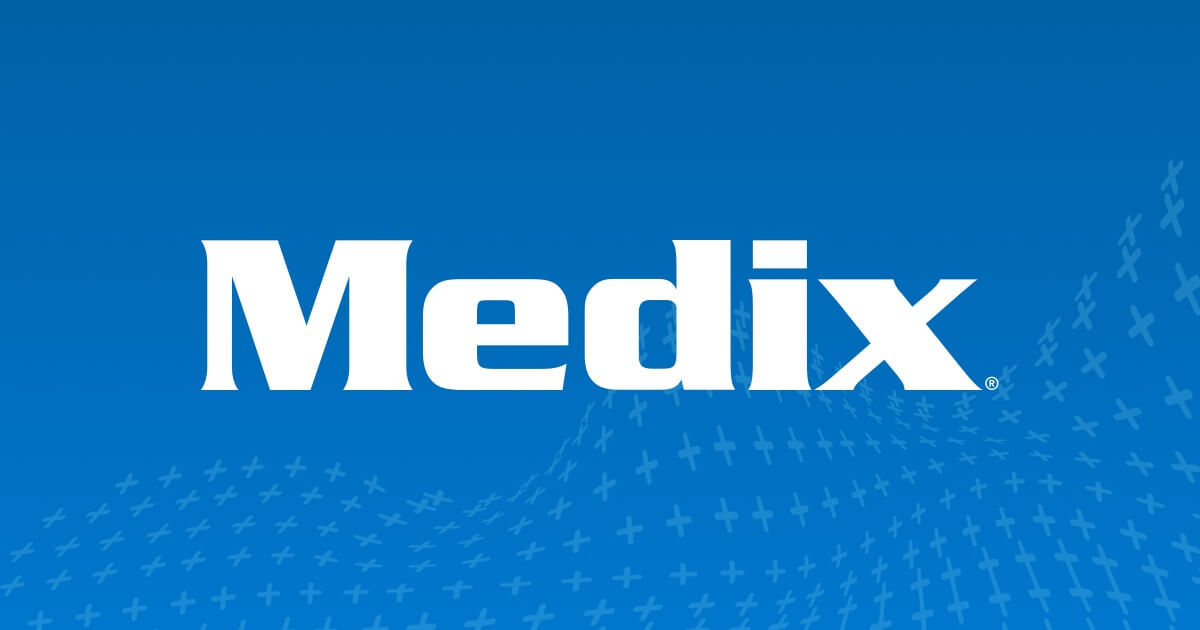EHR Challenges in Mergers and Acquisitions: The Overlooked Risks to Success

When healthcare organizations merge, the focus at the executive level often falls on financial synergies, market expansion, and cultural alignment. But beneath this rosy high-level outlook lurks a challenge that can throw a monkey wrench into the process: integrating two or more electronic health records (EHR) platforms. EHR systems are the central nervous system of a healthcare enterprise, and if organizations mismanage this complex integration, the entire merger or acquisition is in peril.
How can you avoid the risks of poorly integrated EHR systems? Planning — early and often. The sooner you can head off EHR challenges in mergers and acquisitions before they wreak havoc, the better. A specialized EHR solutions partner like Medix Technology can help organizations overcome the hurdles.
Challenge 1: The Risk of Mismatched Platforms
What’s the first hurdle to overcome? Seamlessly integrating the EHR platforms. Each entity likely uses its EHR system in different ways, even if they are the same, like Epic, Cerner, or MEDITECH. The systems of the merging entities must be able to interact efficiently, which can create significant friction. System incompatibility can lead to duplicate patient records, fragmented data, and user confusion. This can ultimately disrupt patient care and operational efficiency. Realistically, the risk here is probably understated. The average hospital uses 10 EHRs, with health systems using as many as 18, so planning for a unified approach is a formidable undertaking.1
Compounding the problem is the lack of a universally accepted data language across the healthcare industry. While standards like Health Level Seven (HL7) and Fast Healthcare Interoperability Resources (FHIR) do exist, EHR systems from different vendors often use proprietary designs and language, complicating data exchange. The solution here starts early. Engaging EHR integration specialists during the due diligence phase allows you to assess compatibility, identify gaps, and map out a precise migration strategy before the deal is even finalized.
Challenge 2: Data Integrity and Migration Risks
A merger’s success is closely tied to the organizations’ ability to integrate data efficiently. Poorly planned data migration can lead to data loss, patient safety risks due to inaccurate information, and violations of data privacy laws — consequences every healthcare leader wants to avoid.
Simply transferring data from one system to another isn’t enough to avoid EHR challenges in mergers and acquisitions; the process requires a deep understanding of data governance, security, and an approach that goes beyond a generic move from Point A to Point B. It seems healthcare leaders are at least thinking about this topic. Nearly a quarter of respondents in a recent Medix Technology survey named data migration/architecture specialists as a top staffing priority during a healthcare merger or acquisition.
The technical process of migrating data involves a complex Extract, Transform, and Load (ETL) cycle. Data must be cleansed of inconsistencies, mapped to align with the new system’s structure, then validated to guarantee every patient record, medication history, and appointment note is preserved and accurately transferred. To do this successfully and efficiently requires experienced data migration analysts and quality assurance (QA) teams to validate every stage of the transfer, maintaining the integrity and accuracy of the patient data.
Challenge 3: Workflow Disruption and Staff Frustration
Technology integration goes beyond the systems themselves. It also involves the people who use them. Misaligned clinical and administrative workflows are a common outcome of rushed EHR integrations. If a new system doesn’t match how nurses, physicians, and front-desk staff perform their daily tasks, it creates inefficiencies, raises the risk of errors, and increases staff frustration and burnout.
When providers are forced to navigate two separate systems or use a new, unfamiliar one, it can add hours of administrative tasks to a day’s work. A report from Thinkitive suggests strategic EHR integration can save clinicians one to two hours per day and lead to a 20% to 30% increase in provider satisfaction.2 Involving end users in workflow mapping and testing is essential for a smooth transition. By including your clinical and administrative teams in the process, you empower them to shape a system that supports their work and get them to buy into the new technology.
Challenge 4: Regulatory and Compliance Gaps
Healthcare mergers and acquisitions are unique due to the strict regulatory environment in which they occur. Non-compliance with industry regulations like HIPAA or CMS can result in significant financial penalties and reputational damage. HIPAA violation penalties, for instance, can range from hundreds to millions of dollars depending on the severity. Fines can reach a maximum of over $2 million annually for repeat violations of the same provision.3 Security and compliance risks rise during a merger, especially when combining two different sets of data and access policies.
Organizations can lower their risk of costly penalties with a laser focus on data governance — the framework that dictates how health information is managed, protected, and used responsibly. Create a unified governance plan to:
- Establish a single security policy across all merged entities, including secure access controls and encryption protocols.
- Conduct a comprehensive data inventory to identify all protected health information (PHI) assets and where they are stored.
- Update business associate agreements (BAAs) with all third-party vendors and partners.
- Ensure data retention and disposal policies are compliant for all legacy systems.
This is where you’ll need compliance experts — get them on your integration team from the beginning. They can monitor adherence to all relevant regulations and ensure there are no gaps in security or privacy policies.
Challenge 5: Training and Change Management
A huge variable in integrating EHR systems during mergers and acquisitions involves the human element: training. It should come as no surprise that inadequate training on a new EHR system lowers adoption rates, increases errors, and leaves talent feeling hung out to dry. This is the natural result of focusing on the technology in a merger but overlooking the humans affected. Change management and role-specific training are a must for a successful transition.
A well-executed change management strategy can mitigate employee resistance and improve post-merger integration outcomes.4 Key to this is establishing clear, proactive communication and involving key stakeholders as soon as you can during the integration. Deploying superusers and trainers who can provide hands-on, role-specific onboarding and post-go-live support injects your staff with the confidence they need to embrace the new system and new workflows.
The Medix Technology Advantage
EHR challenges in mergers and acquisitions are real, but you can overcome them with forethought and diligence — and an experienced technology solutions partner that understands your needs.
At Medix Technology, we provide specialized support, tech solutions and consulting to help healthcare organizations or health systems manage complex, multi-site EHR transitions. We offer the expertise you need to ensure a smooth integration, from assessing platform compatibility and managing data migration to providing specialized training and clinical support. Our goal is to ensure your EHR systems are a source of strength not an overlooked risk that thwarts long-term success.
Don’t let technical hurdles trip up your deal. Contact Medix Technology to start discussing how we can support your next EHR integration.
Sources
- HarmonyHIT, “10 Data Management Steps for Success Before, During and After M&A,” June 2025. https://www.harmonyhit.com/10-data-management-steps-for-success-before-during-and-after-ma/
- Thinkitive, “How EHR Integration Enhances Clinical Workflows and Patient Care,” May 2025. https://www.thinkitive.com/blog/how-ehr-integration-enhances-clinical-workflows-and-patient-care/
- StrongDM, “HIPAA Violation Fines and Penalties by Tiers (Civil & Criminal),” June 2025. https://www.strongdm.com/blog/hipaa-violation-penalties
- Prosci, “The Role of Change Management in Mergers and Acquisitions,” Prosci Blog. https://www.prosci.com/ma-change-management

Work with a Trusted Healthcare and Life Sciences Staffing Partner
Connect with Medix to get the expertise and resources you need to succeed.




